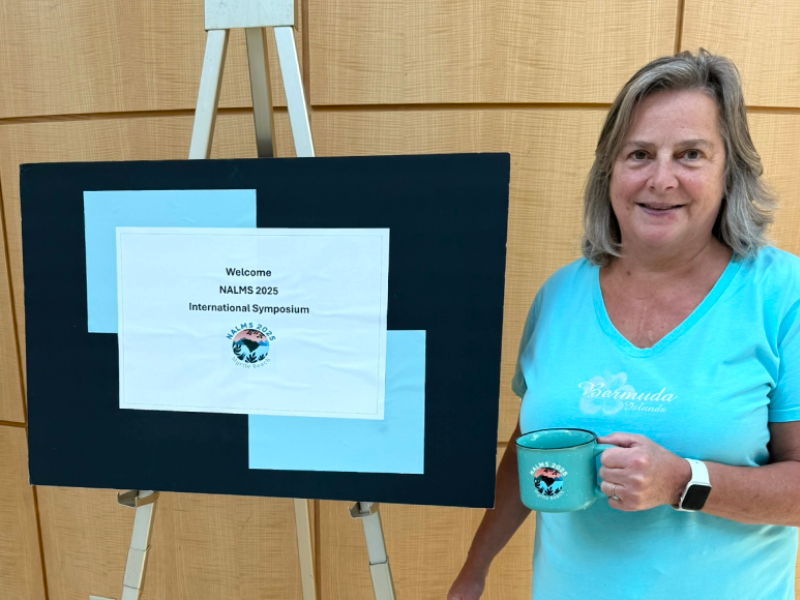
May 22, 2020| Advocacy, Community, Environment
By: Lake Hopatcong Foundation
Lake Hopatcong suffered through one of its most challenging summers when a harmful algal bloom (HAB) struck the lake during the last days of June 2019. A strict New Jersey Department of Environmental Protection (NJDEP) HAB policy, designed to protect public health, led to an official warning to avoid contact with the water, while also mandating the closure of public and private beaches. The rigorousness of that policy, along with the public impression that the lake was “closed," caused a great deal of frustration for many lake users and dealt a blow to many local businesses.
In an effort to address concerns over the state's policy, the Lake Hopatcong Foundation formed a lakes committee with representatives from the Foundation, the Lake Hopatcong Commission, the Deal Lake Commission, and the Greenwood Lake Commission, as well as environmental scientists Fred Lubnow (Princeton Hydro) and Steve Souza (Clean Waters Consulting). The committee produced a White Paper with recommendations for adjustments to the state's HAB policy that were shared and discussed with the NJDEP.
On May 21 of this year, the NJDEP issued a new policy on HABs. We are pleased that several key recommendations from the lake committee's White Paper were incorporated into the new policy and appreciate the NJDEP's commitment to working with partners like the lake committee. After extensive research, and with the input of numerous experts, the NJDEP's new policy will follow a color-coded health alert index to give the public strong and clear guidance on suitable recreational activities in freshwater lakes and other water bodies impacted by HABs.
 The new strategy includes six tiers—NONE, WATCH, ALERT, ADVISORY, WARNING, and DANGER. This approach is designed to notify the public of potential health effects while allowing for more informed decision making by providing information on the risks associated with primary contact.
The new strategy includes six tiers—NONE, WATCH, ALERT, ADVISORY, WARNING, and DANGER. This approach is designed to notify the public of potential health effects while allowing for more informed decision making by providing information on the risks associated with primary contact.
WATCH will be posted when cell counts exceed 20,000 cells, notifying the public of potential less-serious health effects and allowing for more informed decisions. Public beaches remain open. Use caution during primary contact.
ALERT is for public bathing beach closure only and is indicated when a HAB has been confirmed, with cell counts between 40,000 and 80,000 and no known toxins above the public threshold. Beaches remain open (dependent upon local health authorities) and should increase monitoring for future toxin production.
ADVISORY will be posted when cell counts exceed 80,000 cells, or when toxin levels exceed 3 micrograms per milliliter of microcystins, even if cell counts are below 80,000. Public beaches are closed.
WARNING and DANGER tiers are designed to communicate HABs that are producing very high levels of toxins that justify additional caution. Public beaches are closed.
This new tiered system provides more information to the public, allowing individuals to make their own risk assessment while allowing beaches, clubs, and other lake groups to continue to operate as long as cell counts and toxins remain below Advisory levels.

Read the full NJDEP press release HERE
See NJDEP HAB Index Alert PDF HERE
The NJDEP HAB information page can be found HERE
Keep up to date on suspected or confirmed HABs in New Jersey HERE
NJDEP Full HAB Discussion Session Recording (mp4)
NJDEP Full HAB Discussion Session Presentation (pdf)
NJDEP Proposed 2020 HAB Recreational Strategy Presentation (pdf)

November 14, 2025
Community, Environment

November 13, 2025
Environment, Events

November 13, 2025
People